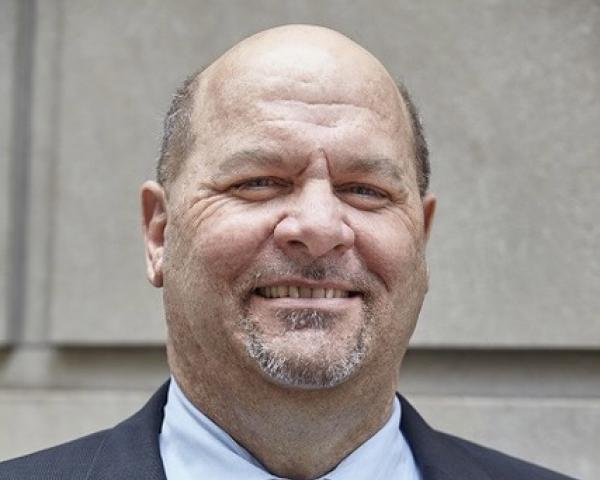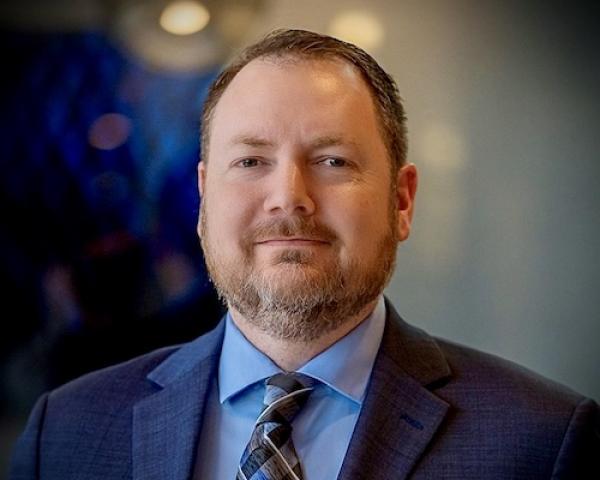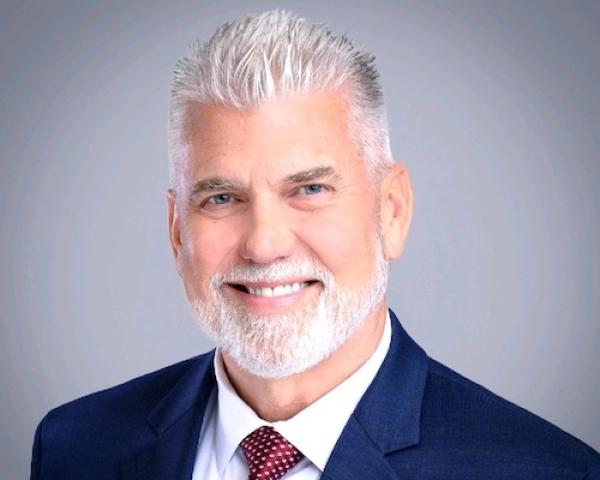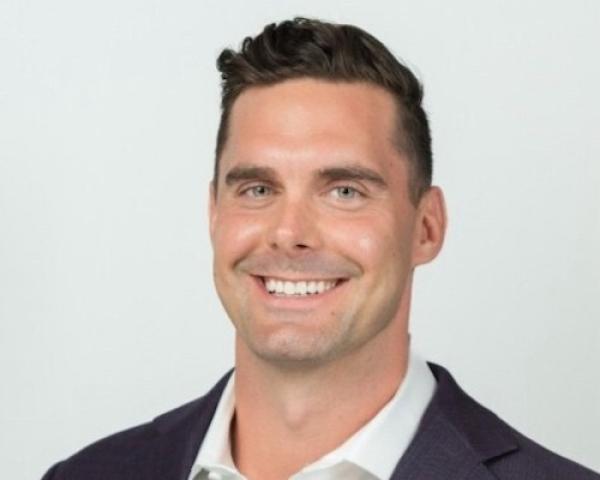Customer acquisition has been a thorn in the side of life insurance providers in the U,S. The number of American adults with life insurance has declined since the 2010s, leaving more consumers uninsured or underinsured and affecting other corners of the financial sector. Although ownership has stabilized post-pandemic, insurance companies aren't protecting enough consumers financially.
Life Insurance Remains Widely Misunderstood
Out of all mainstream insurance products, life insurance is the most underappreciated. It doesn't inspire a sense of urgency like auto insurance, which is mandatory. Life insurance isn't a legal requirement in financial transactions — the opposite of homeowners insurance, which mortgage lenders demand before releasing funds to borrowers.
The public views life insurance more as discretionary and less as essential. The fact that only 37% of adults surveyed in January 2024 — out of the 42% who admitted they need or need more insurance — said they plan to buy a policy within the next 12 months proves this.
The 2024 Insurance Barometer study by LIMRA and Life Happens found that American consumers don't own any life insurance policy at all or don't own more coverage because of three reasons:
- High cost
- More important financial priorities
- Confusion about what to buy and how much
On the bright side, nearly three-fourths of consumers overestimate the actual cost of a basic term life insurance policy, and more than half rely purely on gut instinct. Debunking the myth that life insurance is out of reach and articulating its value as an estate-planning tool can move the needle on sales.
Unfortunately, insurance companies have yet to close this knowledge gap with marketing. The research commissioned by the SOA and RGA and published in August 2024 suggests that life insurance product information could be more straightforward, resulting in miscomprehension among consumers and stagnant sales.
Curiously, low popularity for estate planning in the U.S. coincides with the downward trajectory of life insurance ownership. Financial advisers' significant role in estate plan adoption reinforces the need for product clarity to inspire sales. After all, the adults with access to sound financial advice are four times more likely to have an estate plan.
History Says Simplifying Language Alone Doesn't Work
Life insurance information complexity is old news. Insurers have known this for a long time and attempted to explain the intricacies of this financial product in layperson's terms to no avail. On the contrary, attempts have backfired.
In the mid-2010s, LIMRA tested the traditional "quick and easy" marketing message to entice Americans to buy life insurance. This strategy didn't work as well on life insurance as it normally does on most retail goods. Out of all the marketing messages the researchers used, this one performed the worst.
The trade association did a follow-up study in 2017. LIMRA tried 10 different messages, emphasizing the benefits of buying insurance online. Although some did better than others, none was a runaway winner.
There are two takeaways:
- Convenience isn't as powerful a motivator as thought.
- Simple language alone doesn't sell.
Incorporating behavioral science techniques into content simplification efforts may be the key to spurring life insurance ownership.
Behavioral Science: Making Life Insurance Easier to Understand
Explaining the nitty-gritty of life insurance is only half the battle. Convincing the public that a financial product generally viewed as only beneficial after death is the other.
Life insurance providers can reduce misconception throughout the sales journey by acknowledging that humans have limited cognitive resources. Only a few people have the time to exert considerable mental effort to understand and appreciate financial products. Naturally, consumers would concentrate their time, attention and bandwidth on those aligned with their near- and long-term goals.
Rising retirement anxiety is one of the reasons life insurance has been a hard sell of late. In 2024, 79% of Americans believe the country faces a retirement crisis — up from 67% in 2020. Discerning life insurance carriers would view this sentiment as an opportunity to debunk the notion that policyholders can't enjoy the coverage while alive.
More adults may give life insurance products a second look if they're aware of living benefits. Marketing cash value accounts as financial cushions and living benefit riders as means to tap the death benefit during the policyholder's lifetime can generate interest and entice consumers to learn more.
Behavioral science can help reinforce a simplified marketing message while shifting the focus to specific life insurance components that resonate with more consumers. Various techniques can help insurers leverage the human tendency to think fast or slow when making decisions.
Fast thinking refers to routine decision-making, which involves no conscious deliberation, while slow thinking involves deeper logical consideration to judge more complex subjects. Designing customer journeys with this in mind can improve life insurance comprehension and may translate to higher customer acquisition.
Behavioral Science Techniques to Complement Simplification
Simplification is a behavioral science technique. However, timeliness, salience and relevance are just as vital to demystifying life insurance. To aid comprehension, insurers should:
- Create marketing content in plain language.
- Present concepts at optimal moments.
- Ensure that the most essential details visually and auditorily stand out.
- Provide a quote matching every individual's unique situation.
There are countless ways to combine these behavioral science techniques to educate consumers about insurance online. Websites and emails with thoughtful typography, engaging visuals, FAQ sections and interactive tools are tried-and-true media.
Social media and artificial intelligence (AI) also supercharge information dissemination and content creation. Video consumption accounts for 82% of all internet traffic, so being on TikTok, producing YouTube Shorts, and uploading Reels on Facebook and Instagram are recipes for success.
Moreover, messengers are as crucial as digital channels. Life insurance buyers are judicious, so using a trusted messenger will lend credibility to content.
AI-generated avatars are also becoming more popular, as they help insurance marketing teams balance rapid content production, customization and cost-effectiveness. Considering that 99% of global insurers have invested or are planning to invest in AI, seeing this innovative approach to marketing gain currency in the future shouldn't be surprising.
Still, insurers should think twice about choosing AI over humans when engaging with prospective buyers and paying customers. While bots can soup up marketing engines and customer service portals, they have limitations. AI excels in analyzing mountains of data, identifying patterns and spotting anomalies, but nothing compares to human resourcefulness.
Human subject matter experts can provide practical advice to promote life insurance comprehension and resolve individual concerns in ways available self-help resources can't. In contrast, AI can hallucinate and spread false information, responding to queries with incorrect, biased or fabricated answers.
Allianz — A Success Story
Allianz has adopted customer-centricity through simplicity to achieve its goal of becoming one of the 25 top insurance brands by 2025. The multinational took this route at a time when most insurers embraced hyperpersonalization — an approach emphasizing providing customers with information based on their personal data, risk profiles and past interactions.
This move raised the eyebrows of many pundits, doubting the company's ability to grow while simplifying its products and processes in markets where it had traditionally sold diverse offerings.
But Allianz's decision to double down on simplicity has paid off. In 2024, the company moved up two places to become the 29th-best global and top insurance brand worldwide. Allianz's value ballooned to $23.5 billion, a 13% increase year-over-year.
Careless Execution May Cause Legal Issues
Employing behavioral science to bridge the insurance comprehension gap and boost customer acquisition carelessly may result in regulatory noncompliance. Penalties and settlements can lighten insurers' coffers, and reputational damage can be costlier.
Using behavioral science techniques effectively and legally involves considerable uncertainty and countless tests. Fortunately, dozens of recent case studies demonstrate how not to do it.
In 2015, Geico agreed to pay $6 million to settle with the California Department of Insurance. The case stemmed from the Consumer Federation of California's allegation that the auto insurer's premium quoting system discriminated against consumers based on gender, occupation and education level.
In 2020, then-Massachusetts Attorney General Maura Healy filed a case against UnitedHealth Group entities for allegedly supplemental health insurance as an alternative to primary health insurance, misrepresenting agents as licensed insurance advisers and using emotional manipulation. Healy claimed the defendants deceived more than 15,000 low-income and Medicaid-eligible consumers and violated the state's consumer protection law and a 2009 Superior Court judgment.
In 2024, Sanya Virani sued NLV Financial Corp. and two subsidiaries for allegedly using rosy illustrations to sell indexed universal life policies. The plaintiff's policy yielded a 0% return after one year. Virani argued the insurer used unrealistic back-tested historical performance. She called the product a "fraudulent sham" because she would have to pay hefty surrender fees if she terminated her policy.
Take Care With Customer Acquisition
Insurance information simplification and other behavioral science techniques aren't foolproof, so learning the lessons from others' mistakes is crucial to avoid finding an organization in hot water.
























